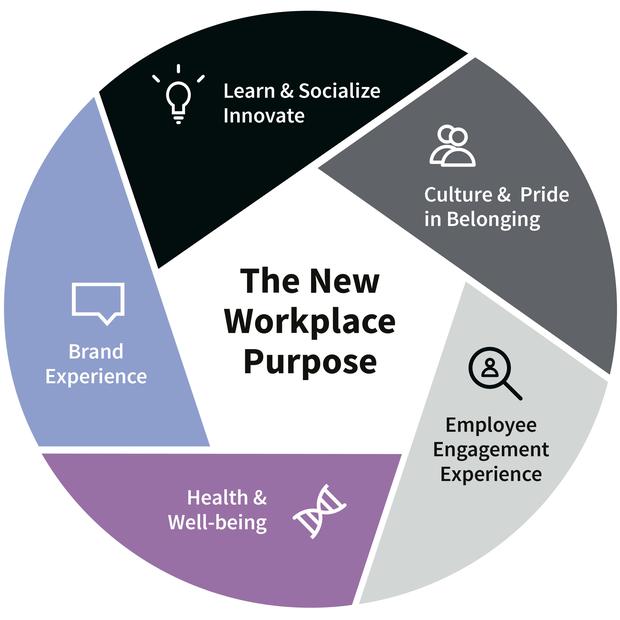All across the world, organisations are coming to grips with demands for flexibility as the pandemic reshapes the future of work. And in the finance sector, known for its culture of mental toughness, long hours and face to face time, the seismic changes of the way we are working is changing the sector forever.
Hybrid working is now a recognised part of our day to day lives, and whilst a great number of organisations may feel they’ve ‘mastered’ the art of hybrid working during the pandemic, research carried out by Leading Edge found expensive mistakes are being made and huge opportunities are still not being seized.
Two years ago, long before the pandemic entered our lives and daily news cycle, professionals already identified hybrid working as critical to their organisations. According to Leading Edge’s most recent report, the High Performance Insights, more than half of senior leaders (61%) said hybrid working was of high or critical importance.
Organisations that have been able to embrace change and thrive in such a complex world are uniquely prepared to adapt to new ways of working and accelerate their high performance to prosper through the pandemic and into 2022.
What is connected hybrid working?

Leading Edge defines connected hybrid working as moving from flexible working to high-performance hybrid solutions. It is the practice of building successful strategies using a combination of new technology, optimised organisational design, role refinement, and engagement through collaboration in order to help teams thrive, not just survive.
True ‘connected hybrid working’ means creating an optimum working approach that’s carefully tailored to your specific operation and the ability to successfully engage every team member to play their part in the organisation’s success.
A people centred approach to high performance through connected hybrid working
Organisations also need to be transparent that it’s simply not possible for all roles and all individuals to suddenly work remotely or differently; the need for transparency and equity in our job re-design is an important component of the hybrid conversation.
The connected hybrid working lens – differentiating great leaders from good leaders
Leading Edge defines three ‘tensions of leadership’, within which five aspects of mindset, behaviour, and skills differentiate great leaders from good leaders. Viewing this framework through the ‘connected hybrid working’ lens shows the additional complexities that leaders now need to embrace and be enabled to deliver.
The three tensions of leaders – and how they show up through the connected hybrid working lens
Find ways to win
Be your authentic self
Be in service of others
Three things great leaders are doing right now
1) Embracing radical opportunities. ‘Connected hybrid working’ affords leaders an opportunity to reimagine and revolutionise the future world of work. Leaders can use this as an opportunity to be creative, to draw on the blank sheet of paper, to take bold steps to engage your current and future workforce into roles and ways of working that are fresh and engaging.
2) Collaborating for success. Success of ‘connected hybrid working’ isn’t attributable solely to the leader. The need to engage and inspire your talent to maintain connection to the organisation purpose and news ways of working is an imperative in the ‘War for Talent’ and made all the more challenging without the shared physical space and ‘water cooler’ conversations.
3) Testing and learning. We can no longer have the perfect solution before we embark on the next step of our journey. We need to embrace the ambiguous ‘test and learn’ opportunity to embrace connected hybrid working. 80% is good enough. Leaders and teams have to commit and deploy – and accept the changeable impact of the landscape and needs of the individuals to allow for continuous evolution.
Victoria Freer-Hewish, Director of Client Experience at Leading Edge says: “Now the first flush of excitement about hybrid working has died down, we are moving beyond the transactional ‘how can we manage the workload’ conversations and into the drive for high performance teams and high levels of productivity and impact, while building engagement and belonging without the mecca of the office. Being intentional about our collaborative working opportunities and ensuring value from the times we are together takes co-ordination and planning.”









